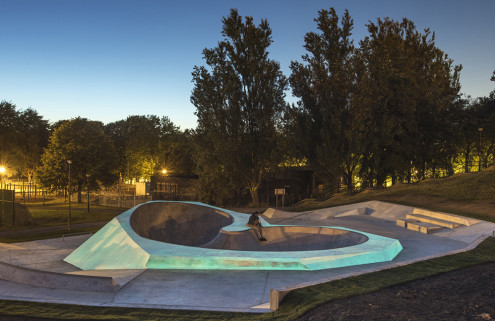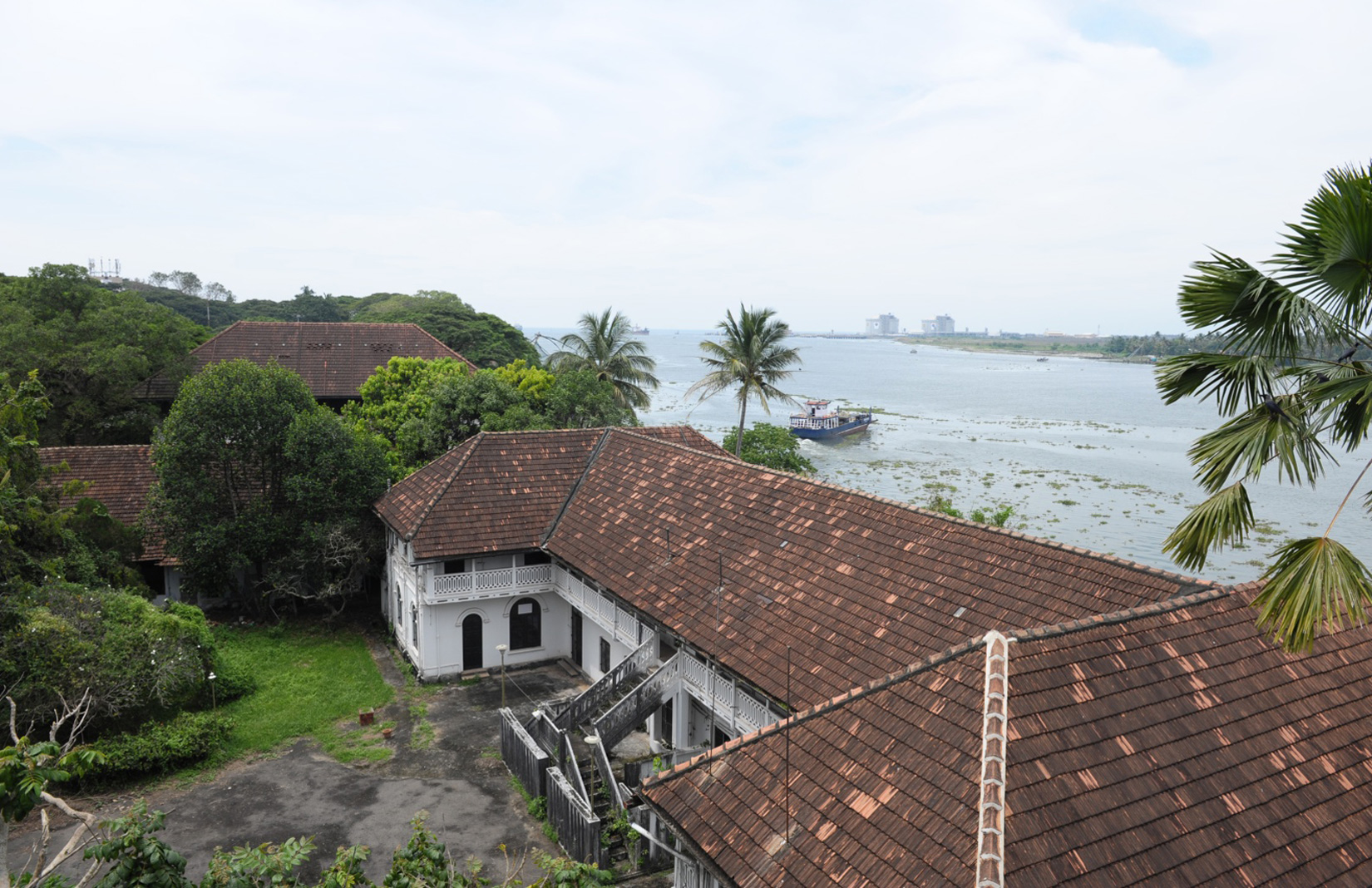Five years ago, many of Fort Kochi’s historic spice warehouses lay empty and its cache of colonial buildings were crumbling. Now, after the second instalment of the Kochi-Muziris Biennale, a chain reaction has been set in motion in this neighbourhood of the Indian city, with the creative community acting as the catalyst in bringing these elegant structures back to life.
India’s first and only art biennale – started as a government initiative – has flourished into a platform for experimental contemporary art, supported by artists, patrons and local businesses, demonstrating its ability to survive with very little infrastructure in place.
Its effects transcend its three-month run. ‘Artists are moving back and collectives are forming, such as a recording studio, cafe and artists workshop called Springer,’ says Mumbai-based artist Jitish Kallat, artistic director and curator of the Biennale’s second edition, which attracted 500,000 visitors.
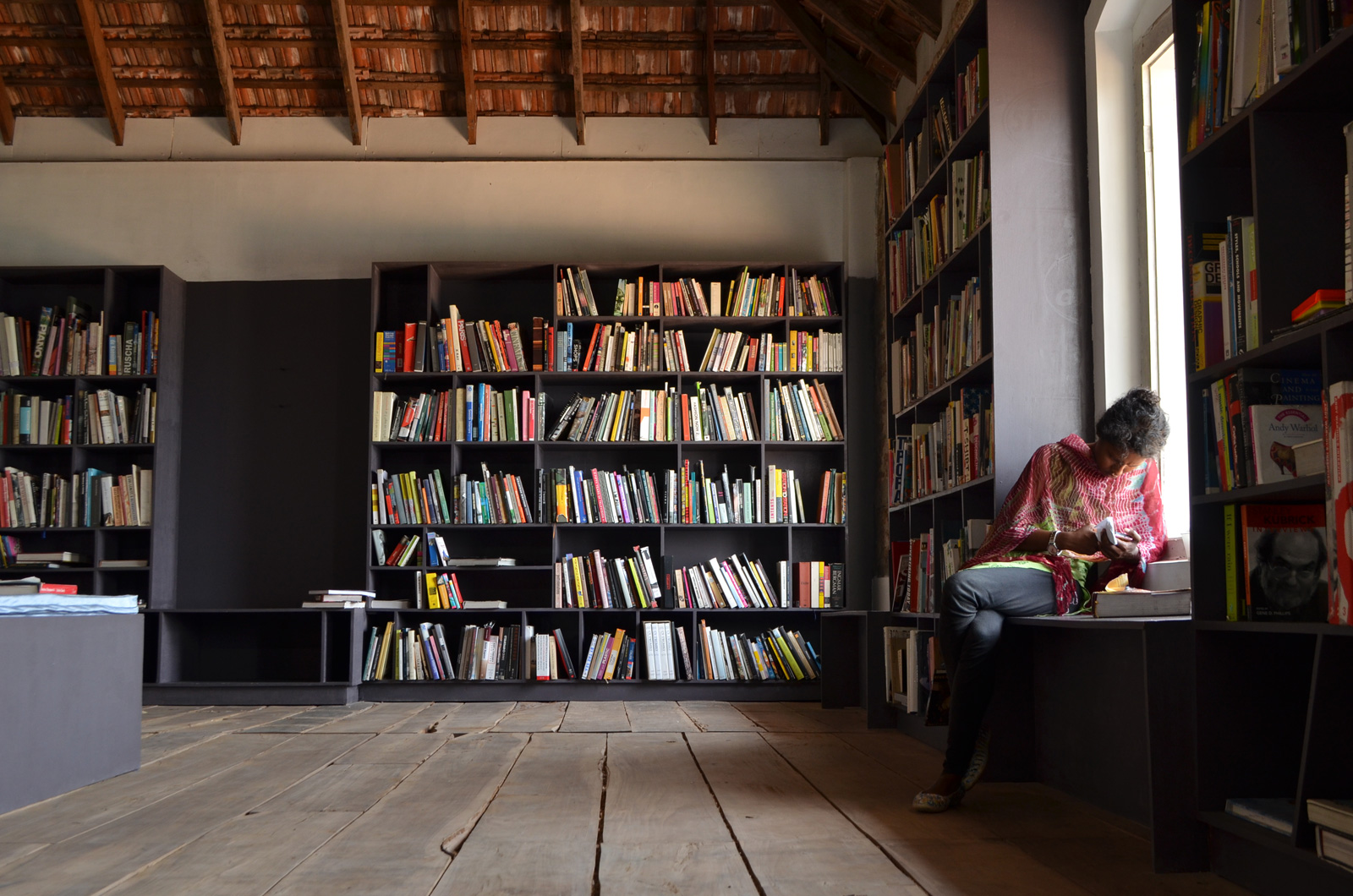
Chief among the flowering new businesses is Pepper House, one of the key biennale venues. The L-shaped warehouse, built around a courtyard, which once stored Kochi’s most lucrative spice (known as Black Gold) has been meticulously restored and is now home to a cafe, design shop and library known as the Laboratory of Visual Art.
Outside of the Biennale period, proprietor Isaac Alexander provides studio space for artists’ residencies. ‘I hope to see this area of the city as a vibrant cultural destination for artists and creatives to work and live sustainably’, he explains.
The sense of creative energy is contagious, with artists’ organisations beyond the duration of the Biennale springing up in disused properties alongside entrepreneurial activities. OED contemporary art gallery, which sits just off the main Biennale route, is expanding its premises, opening a bookshop, with artists’ studios on the upper floors. And David Hall, a 17th century building converted into an art gallery in 2007, has boosted its programme, introducing a space for the performing arts.
Non-commercial contemporary art biennales have long had such ripple effects. Liverpool Biennial (Britain’s biggest), for example, has played a key role in reactivating neglected parts of the city. Since 2005, it has been involved in major public realm projects outside of the festival dates, creating 34 collaborative neighbourhood projects in the city, and is currently a partner in the regeneration of Everton Park.
In Kochi, however, funding constraints mean Biennale organisers have no such defined agenda. For now, any ensuing regeneration has been a happy consequence. ‘One of the essential goals that the Biennale has – and that it’s succeeding in fulfilling – is to connect with its community,’ says Katya García Antón, director of Office of Contemporary Art, Norway, who visited the Biennale alongside a host of international curators. Agrees Courtauld professor Julian Stallabras: ‘There’s a level of public intellectual engagement that is really extraordinary.’
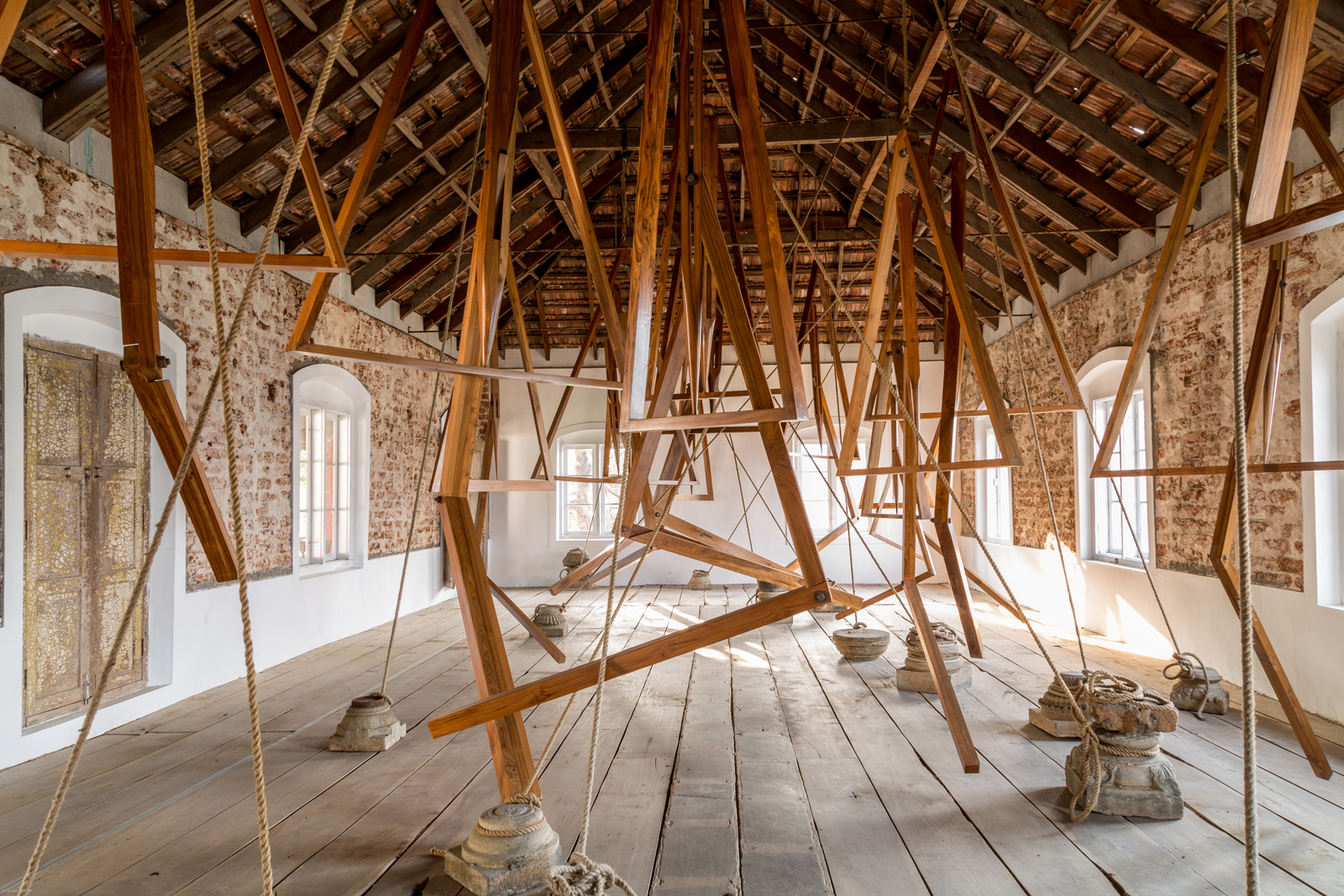
Quick to spot a marketing opportunity, Kochi’s mayor recently dubbed the it ‘Art City’ and, of course, developers are hot on the heels to capitalise on the art buzz, with billboards springing up announcing ‘Invest in Biennale City.’ Whether they will remain sensitive to the Biennale’s democratic objectives remains to be seen.
Calls to designate the historical quarter around the Biennale a UNESCO city have been made, but the creative lead by the Biennale team is already leaving a legacy of can-do activities and small-scale creative workshops and galleries.
The Biennale effect: Kochi’s revived creative spaces
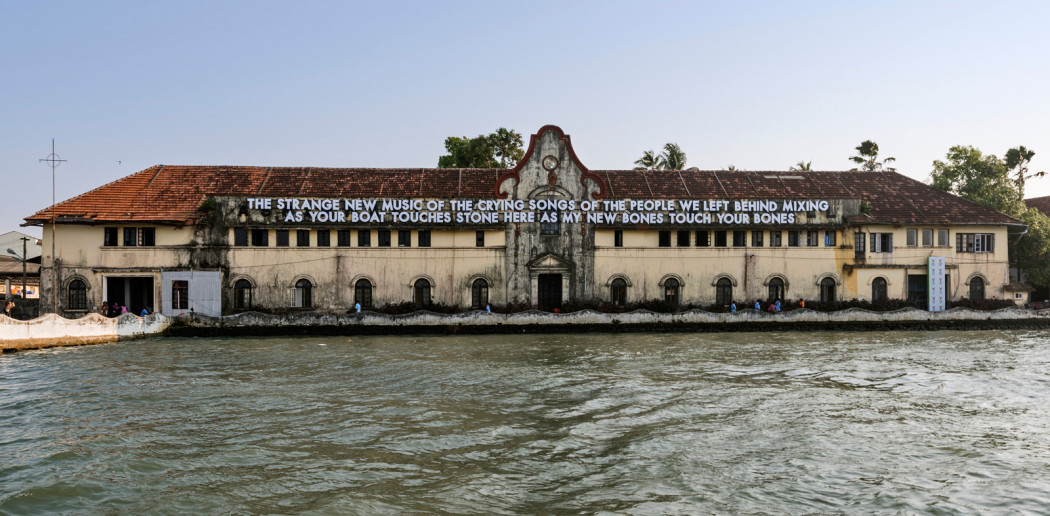
The most dramatic of the Biennale sites is the sea-facing Aspinwall, built in 1876. A large compound containing office buildings, a residential bungalow and a number of warehouses, its decorative Dutch-gabled frontage was designed to impress merchants traveling on the spice route. Pictured on the facade is an installation by Robert Montgomery, shown at the first Kochi Muziris Biennale.
Photography: courtesy of Kochi-Muaziris Biennale
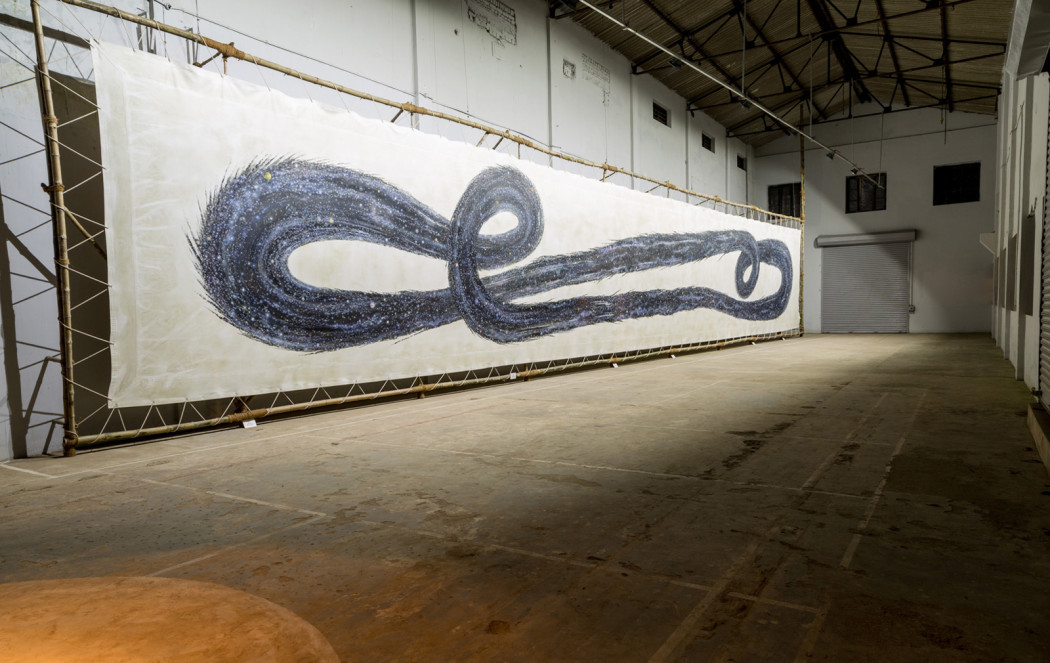
During the Biennale, Aspinwall House played host to a temporary cinema, as well as NS Harsha’s ‘Punarapi Jananam Punarapi Maranam’ installation (pictured), among others.
Photography: courtesy of Kochi-Muaziris Biennale
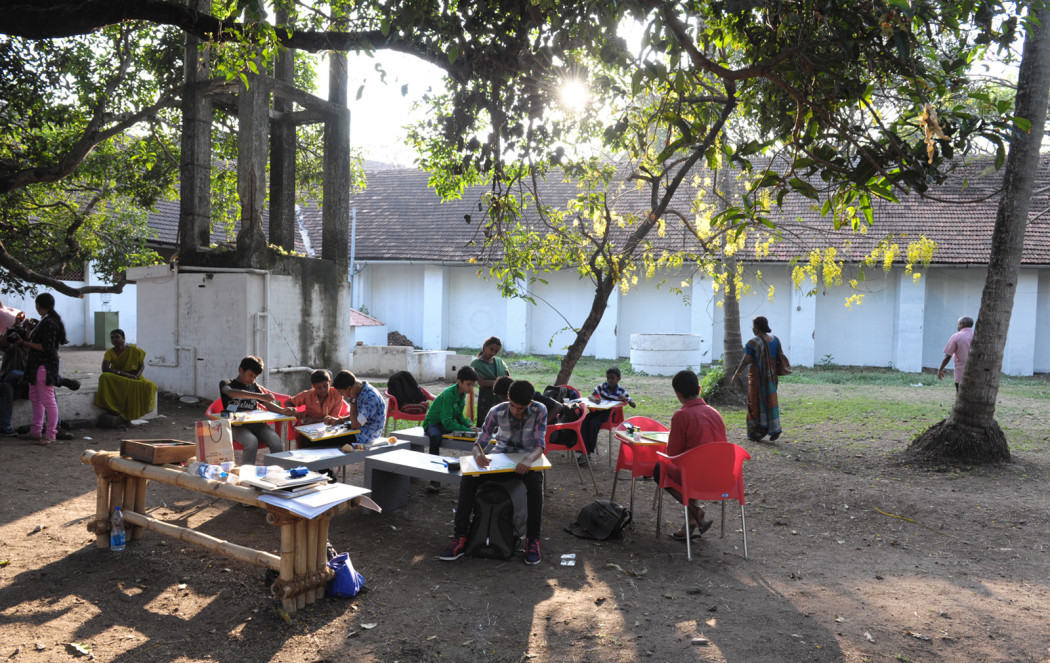
Previously, Aspinwall House was the head office and warehouses for early commercial trader, John H. Aspinwall. Under the guidance of Aspinwall, the Company traded in coconut oil, pepper, timber, lemon grass oil, ginger, turmeric, spices, hides and later in coir, coffee, tea and rubber.
Photography: Corinna Dean
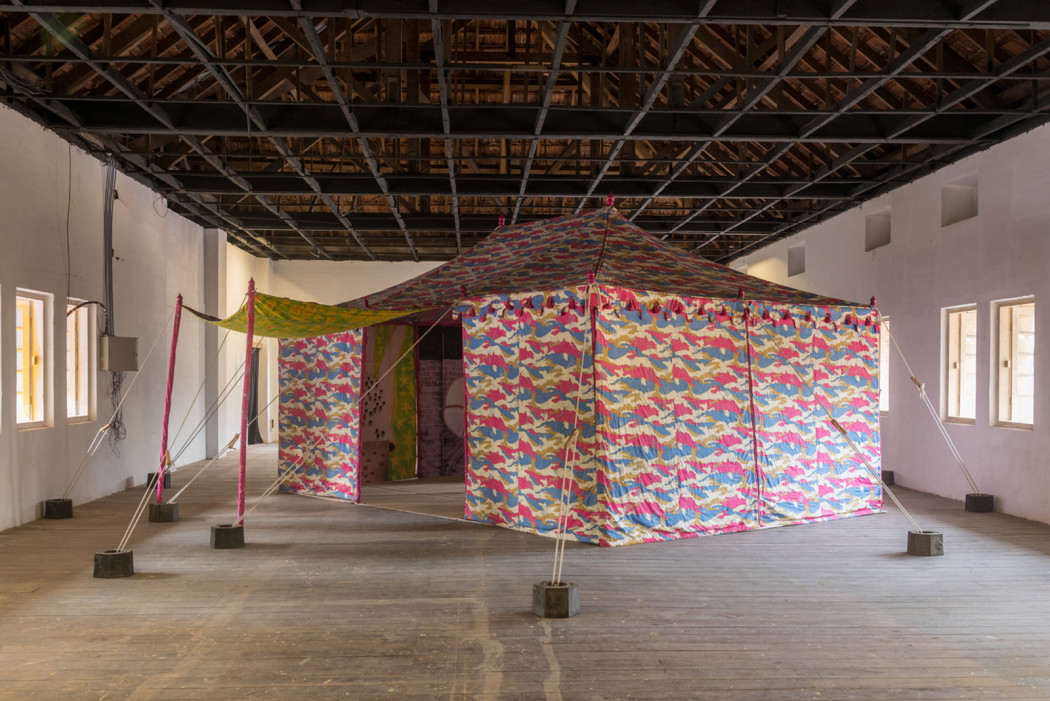
A primary Biennale location, Pepper House comprises extensive studio facilities (for production), the Laboratory of Visual Arts library (for research), and the Pepper House cafe (for dialogue). Pictured is Francesco Clemente’s Pepper Tent (2014) installation inside Pepper House.
Photography: courtesy of Kochi-Muaziris Biennale
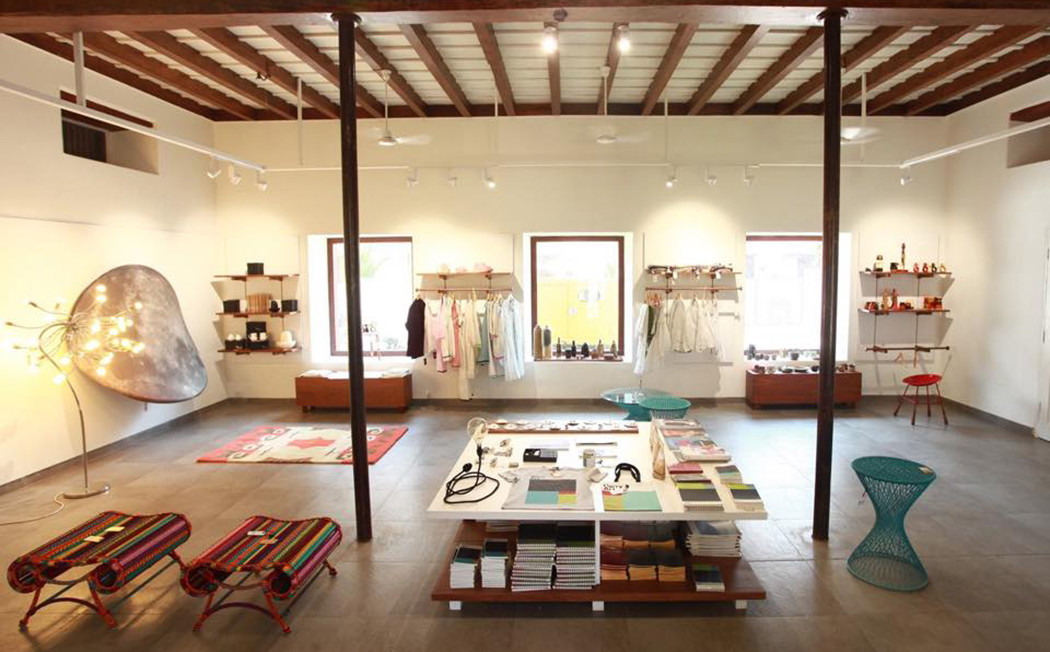
Photography: courtesy of Kochi-Muaziris Biennale
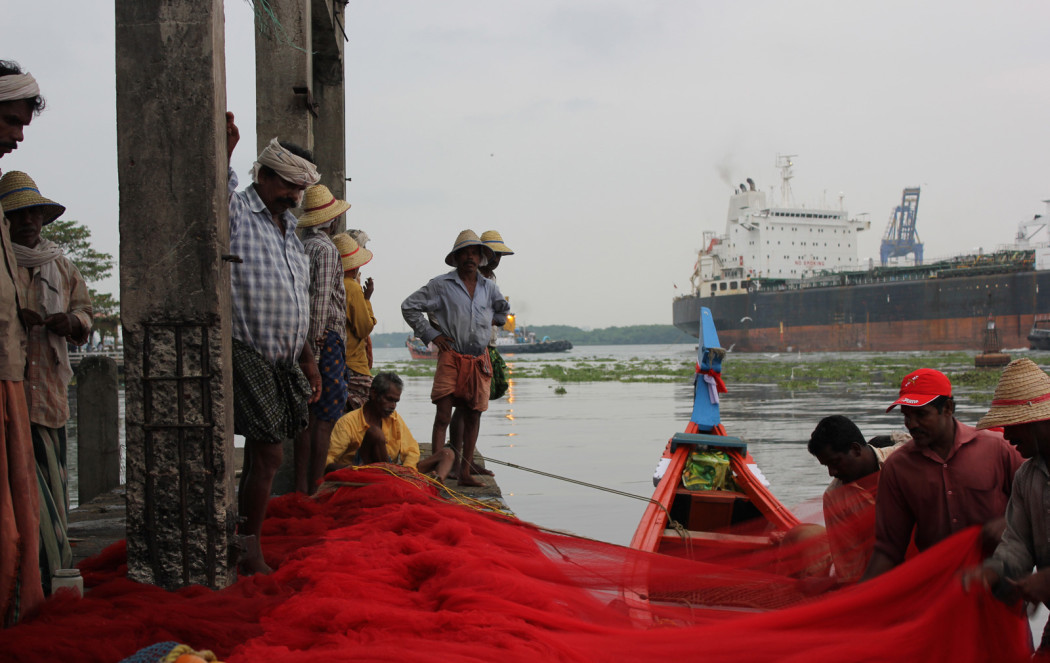
Local fishermen launch their boats from the disused ‘Go-down’, soon to be re-built as a spa hotel. A Chinese dredger, one of many which pass daily along the coast, can be seen in the background.
Photography: Corinna Dean
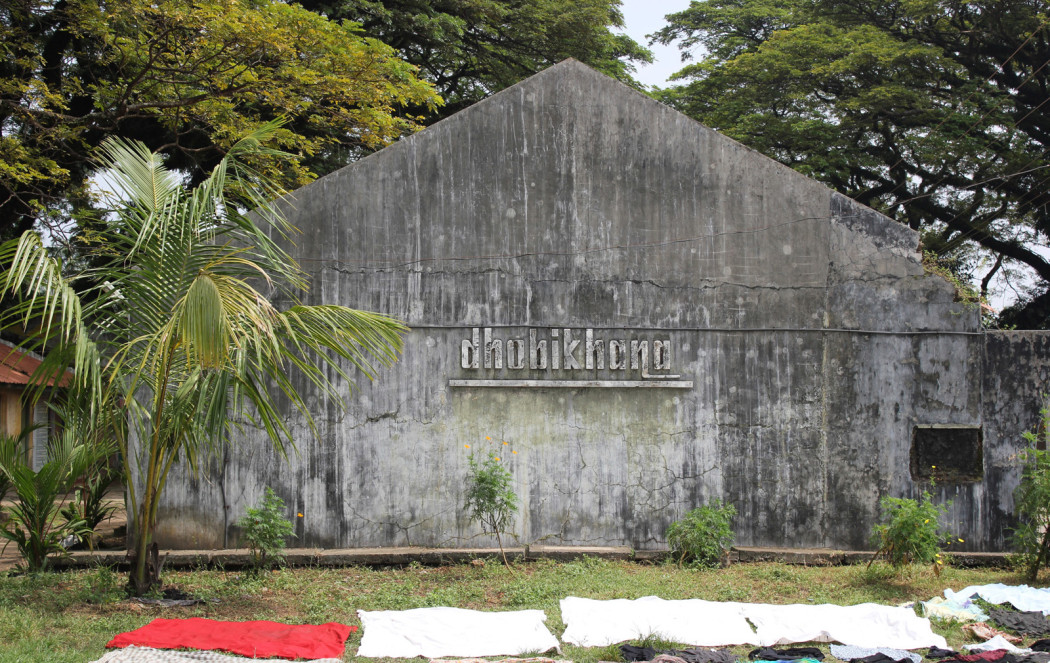
The Dhobi Khana is a laundry collective made up of 45 self-employed families, which sits near the centre of Fort Kochi. Clothes are laid out to dry in the sun, and manually washed on slabs of concrete.
Photography: Corinna Dean
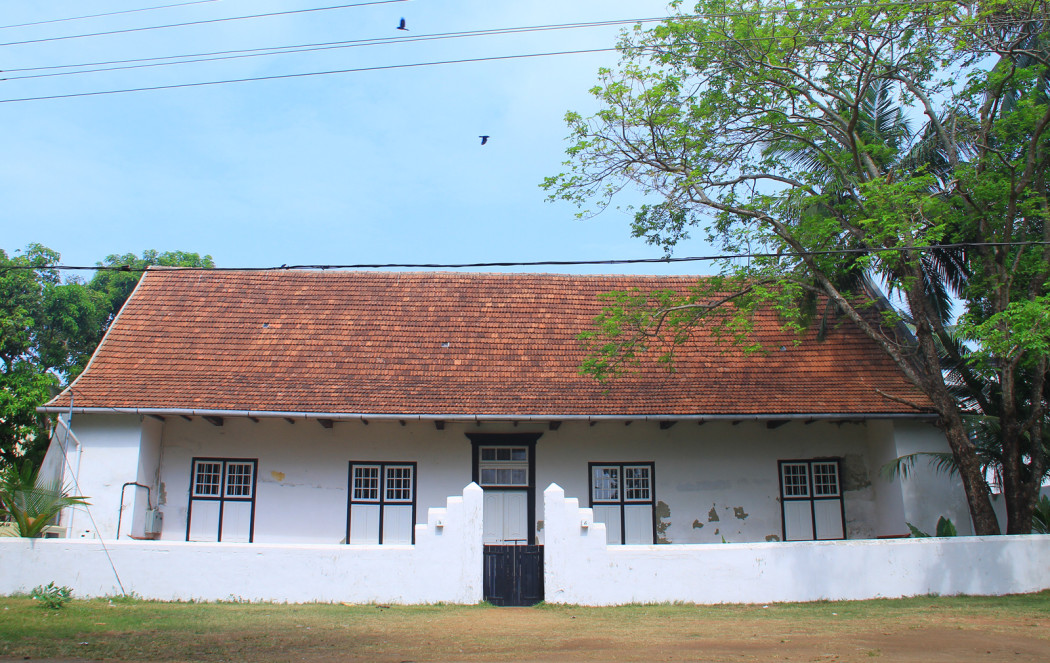
David Hall (David Hall Gallery) was built in 1695 to house the Dutch East India Company. The 17th century building was converted into an art gallery in 2007.
Photography: courtesy of Kochi-Muaziris Biennale
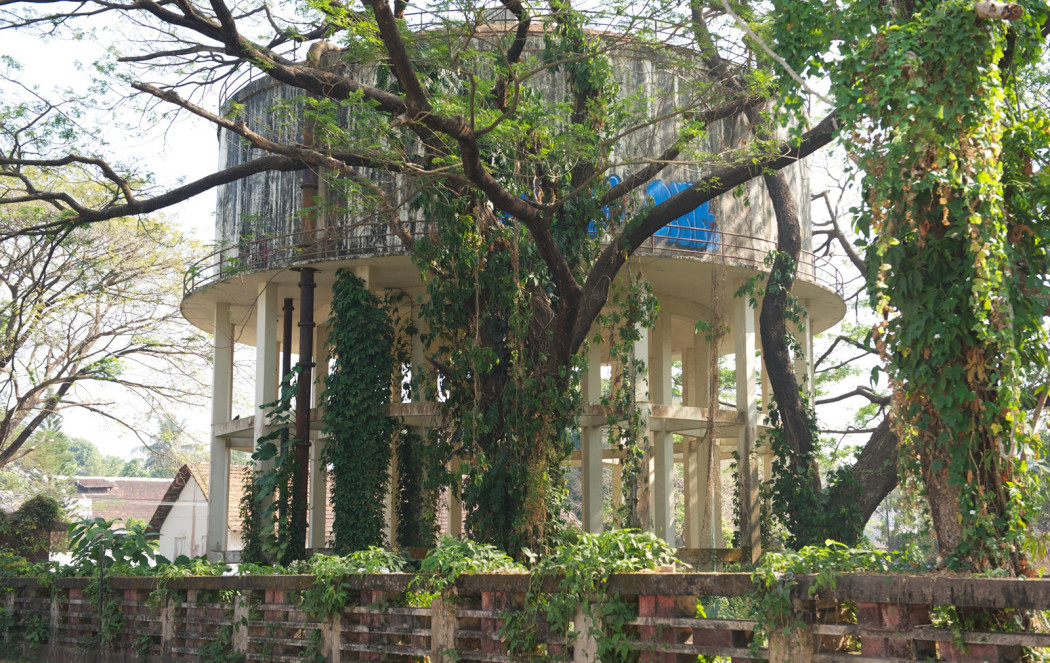
The Water Tower, constructed in the 1960s, overlooks Fort Kochi’s informal sports ground, Parade Ground.
Photography: Corinna Dean
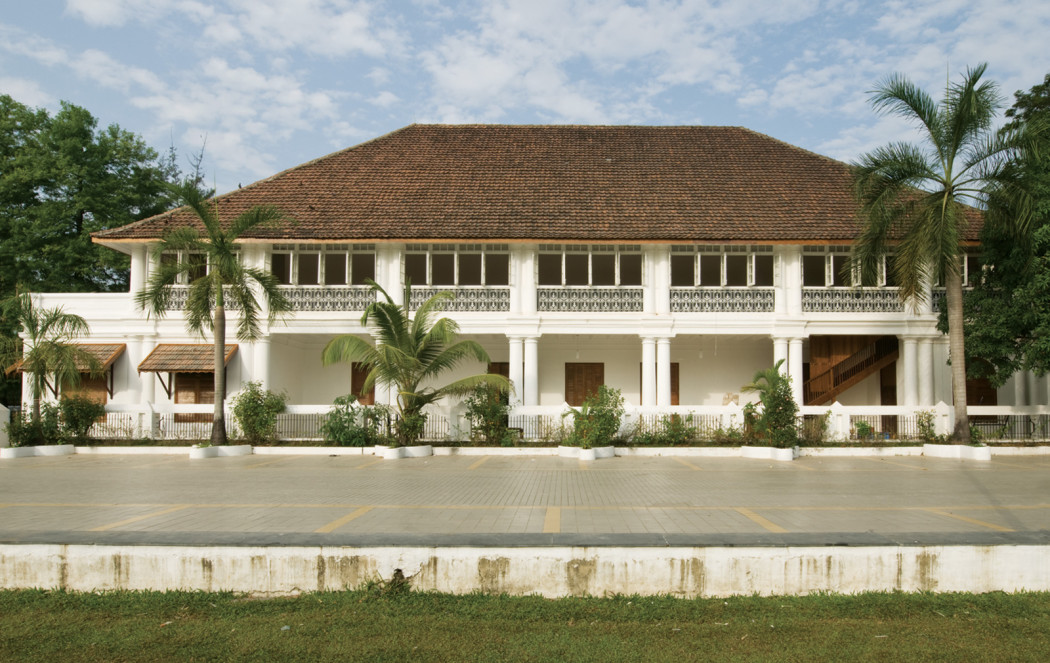
Durbar Hall has had many incarnations since its construction in the 1850s as the royal court of the Maharaja of Cochin. Recent renovation works by the Kochi Biennale Foundation have transformed the present Durbar Hall gallery into an international museum quality exhibition venue.
Photography: courtesy of Kochi-Muaziris Biennale
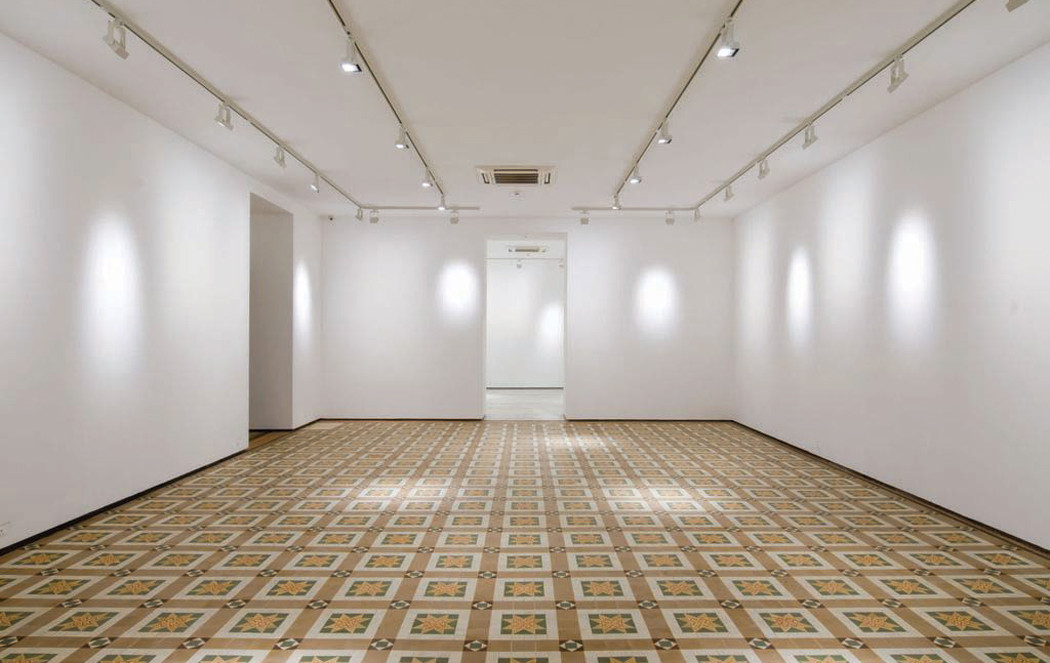
Under the guidance of architect Vikas Dilawari, Durbar Hall is now a state of the art museum and exhibition space.
Photography: courtesy of Kochi-Muaziris Biennale
To see the 2015 international Biennale agenda, visit biennialfoundation.org
Corinna Dean is Director of the Archive for Rural Contemporary Architecture
